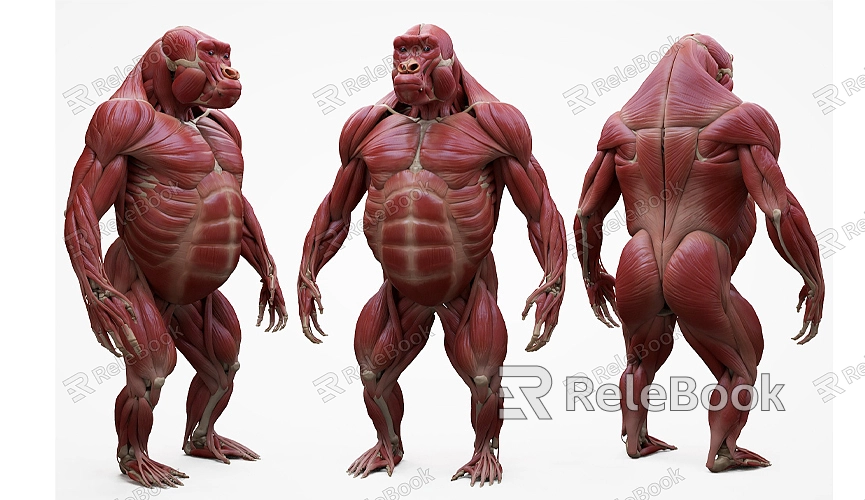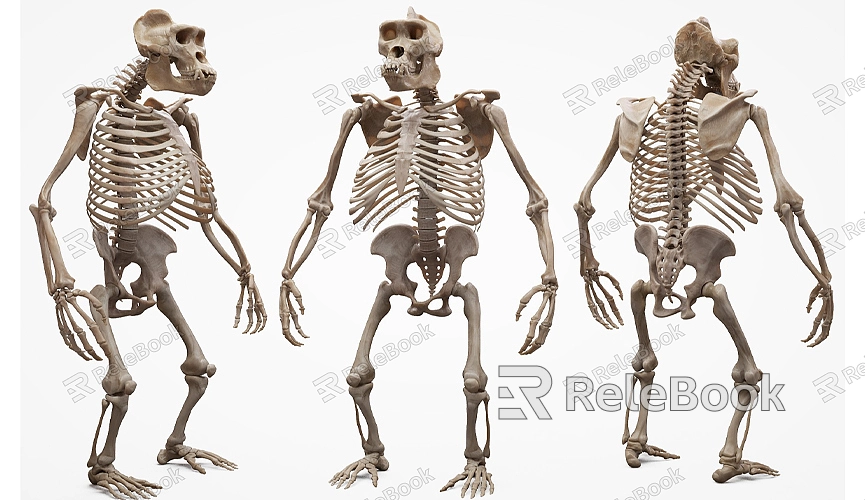How to 3D Model in SketchUp
SketchUp is a powerful and user-friendly 3D modeling software widely used in fields like architecture, interior design, and landscape planning. For beginners, its simple and intuitive interface combined with robust modeling capabilities makes it one of the top choices for learning 3D design. For professional designers, it meets the demands of complex designs. From basic geometric shapes to intricate architectural models, SketchUp helps you efficiently achieve your design goals.
In this article, we will provide a comprehensive guide on how to 3D model in SketchUp, covering everything from the use of basic tools to organizing complex models, as well as applying advanced materials. Whether you are just starting with this software or looking to enhance your existing skills, this article will offer structured guidance.

Choosing the Right Template and Units
The first step in modeling in SketchUp is selecting the appropriate template and unit settings. SketchUp offers various templates tailored to different types of projects, such as architectural design, landscaping, and engineering. Choosing the right template can greatly enhance your modeling efficiency. For instance, if you are working on architectural designs, using meters or millimeters as units might be more suitable, while centimeters or inches may be better for interior design or small product modeling.
Additionally, unit settings are crucial. SketchUp allows you to select the appropriate units upon startup and also enables adjustments at any stage of the project. This feature helps maintain dimensional accuracy throughout the modeling process, avoiding discrepancies later on.
Mastering Basic Tools
The success of SketchUp largely stems from its simple and easy-to-use toolset. These tools are essential for creating everything from simple geometric shapes to complex 3D models. Here are some of the most fundamental yet widely used tools in SketchUp:

- Line Tool: As one of the core tools in SketchUp, the Line Tool helps you create a variety of shapes, from straight lines to complex polygons. Whether outlining a building’s exterior or creating the edges of furniture, the Line Tool is your primary choice.
- Push/Pull Tool: This is one of SketchUp’s most iconic tools, allowing you to directly convert 2D shapes into 3D objects. You can use the Push/Pull Tool to turn your drawn planar shapes into three-dimensional solids, making the operation simple and efficient.
- Move Tool: This tool allows you to adjust the position of your model at any time, whether moving the entire model or tweaking specific details.
- Rotate Tool: The Rotate Tool enables you to rotate models to any angle you need, which is essential in architectural design and interior decoration.
- Scale Tool: When you need to change the size of a model, the Scale Tool is invaluable. You can enlarge or reduce objects while maintaining their overall proportions.
Mastering these basic tools is the foundation of successful 3D modeling. By becoming proficient with these tools, you can create models more quickly and efficiently.
Using Groups and Components for Model Management
As model complexity increases in SketchUp, organizing your models becomes increasingly important. The “Groups” and “Components” features can help you manage complex models effectively.
- Groups: Groups allow you to package a set of geometries into a single unit, preventing different parts of the model from affecting each other. When you create multiple objects into a group, they can be moved, scaled, or manipulated together without altering other parts of the model.
- Components: Components are similar to groups but offer more functionality. When you need to reuse certain elements in your model, components are the best choice. For example, windows and doors in a building are often repeated; by creating a component and using it multiple times in the model, you can make synchronized changes to all instances of that component when necessary, greatly enhancing efficiency.
Proper use of groups and components not only helps you manage complex models better but also saves time, especially in large-scale projects. Keeping your model organized helps avoid unnecessary errors and makes maintenance and modifications easier.
Material and Texture Application Techniques
In SketchUp, applying materials and textures is crucial for making your models more realistic, in addition to 3D geometric modeling. By applying different materials to your model, you can enhance its realism and vibrancy.
SketchUp comes with a basic material library, including common materials like wood, brick, metal, and glass. However, in complex projects, these default materials may not meet all your needs. To improve the visual impact of your design, using high-quality textures and HDRI resources becomes essential. If you need many high-quality 3D textures and HDRI while creating models and virtual scenes, you can download them for free from Relebook. If you need stunning 3D models, visit Relebook for a wide selection of high-quality resources.
By combining high-quality textures, you can significantly enhance rendering effects, making your models appear more realistic in both presentations and practical applications.
Scene and View Management
A successful modeling process goes beyond handling geometries and materials; effectively managing scenes and views is equally important. In SketchUp, the scene feature allows you to save different perspectives and states of your model. This is particularly useful for large-scale projects, enabling you to quickly switch between views for detail modifications or presentations. For example, you can save a top-down view of an interior scene and another for a perspective view of the building’s exterior.
In addition to scene management, SketchUp supports various view modes, such as wireframe and shadow modes, allowing you to select different display effects as needed during modeling. Using these view modes helps you clearly examine the model's details and ensure accuracy in your modeling.
Enhancing Functionality with Plugins
While SketchUp comes with many useful tools, installing plugins can further extend its capabilities to meet more complex modeling needs. SketchUp has a vast plugin marketplace offering many powerful plugins, such as:
- LayOut in SketchUp Pro, used for creating high-quality architectural drawings and documents.
- V-Ray, for producing high-quality rendering effects.
- SU Podium, providing simple rendering functions for beginners.
Plugins can significantly expand SketchUp's capabilities, enabling the software to handle a wider range of design tasks.
Shortcuts and Work Efficiency
Once you’re familiar with the basic tools in SketchUp, using keyboard shortcuts can further enhance your productivity. SketchUp allows users to customize keyboard shortcuts, enabling you to set quick access to your most frequently used tools based on your preferences. For example:
- Spacebar: Switch to the Select Tool
- P: Activate the Push/Pull Tool
- R: Activate the Rectangle Tool
- M: Use the Move Tool
By mastering these shortcuts, you can minimize the time spent switching between tools and focus more on creating and modifying the model, greatly improving your workflow efficiency.
SketchUp, as a powerful yet easy-to-use 3D modeling tool, is suitable not only for beginners learning modeling but also for meeting the high demands of professional designers. From selecting templates and setting units to mastering basic tools, organizing models effectively, and applying high-quality materials and textures, all these steps will help you create beautiful and efficient 3D models. Additionally, making effective use of plugins and shortcuts can exponentially enhance your productivity.
If you need high-quality 3D textures and HDRI resources while creating models and virtual scenes, you can download them for free from Relebook, or visit Relebook for exquisite 3D model resources. Relebook offers a wealth of high-quality 3D resources to help you realize your design ideas.

